Duel of the top offences
Quantifying offensive performance just based on goals is, of course, a bit too short-thought. Some teams, Barça or Telekom Veszprém HC for example, play fast-paced high-tempo handball. Other teams, HC Vardar 1961 or HC PPD Zagreb for example, try to get control over the game by slowing it down. This shows that comparing the raw number of goals is not fair. Per game, Veszprém had almost eight more possessions than Zagreb and thus eight chances more to score.
Paris Saint-Germain’s many goals are also a consequence of their fast matches. 55.7 possessions per game was the third-highest pace in the group stage. THW Kiel, in contrast, had 52.6 possessions per game, which was the average of all teams. So, to compare teams fairly their statistics need to be standardised on the same level of possessions. One possibility is to adjust all teams to 50 possessions since each team has roughly that many possessions per game.
Applying this, PSG’s attack actually was the second-best of the group phase with 30.6 goals per 50 possessions, just 0.4 behind Aalborg Håndbold. The French side had some problems scoring from the field shooting just the seventh-best percentage from there with 62.7 per cent. But they were especially good at preventing turnovers - just 6.1 per 50 possessions, the second best.
Kiel's attack was only minimally worse than the team from the city of love at 30.5 goals per 50 possessions. Their biggest strength was preventing turnovers as well. With just 6.1 per 50 possessions, they lead all teams.

While Paris also provided the third-best defence, 27.6 goals conceded per 50 possessions, the Zebras had problems on this side of the court in the group stage. With 28.9 goals conceded per 50 possessions, they had the fifth-worst defence of all teams. Usually, they could rely on their outstanding goalkeeping, but this season World Handball Player of the Year Niklas Landin and his backup Dario Quenstedt were only able to save 26.6 per cent.
The comeback of man-marking in top handball
So, it is obvious what the German champions had to improve to get into the FINAL4: Their defence.
In last week's quarter-final first leg, Kiel actually started well in the game. But as the first half progressed Luc Steins, the French champions' playmaker, got better and better. The quicksilver Dutchman used his speed and agility especially after the fast throw-off and in powerplay. Thus, he created one good shooting chance after another for PSG.
At the end of the first half, Kiel led 16:14 in Stade Pierre de Coubertin. Projected to 50 possessions, that meant 33.3:29.2. Again, there was room for improvement on the defensive end. So to put the attack of the Parisians more out of step Filip Jicha decided to use an old-school tactical trick: In the first 15 minutes of the second half, Luc Steins was man-marked by Rune Dahmke. (Read our feature on Rune Dahmke and his ambitions to reach the EHF FINAL4.)
In the beginning, this threw Raúl González's team out of rhythm. But as time went on, the other five players were able to make better use of the extra space. In the end, they were able to score in six of the eight possessions where Dahmke took Steins out. Projected to 50 possessions that’s 37.5 goals.

Kiel’s 6-0 defence worked much better. In 24 positional attack possessions, they conceded just 12 goals. Per 50 possessions, that's only 25.0. However, conceding 31.9 goals per 50 possessions overall is again no great defensive performance. Once again, the goalkeeping performance was not outstanding. Niklas Landin won the goalkeeper duel against Vincent Gerard, but 28.9 per cent of balls saved is below average for him.
So for Wednesday’s rematch, Filip Jicha probably will not man-mark Steins again. But still, he needs to find a way for his team to control Steins, who still scored 5/5 last week. And of course, Steins is far from the only Parisian weapon that could pose a threat to the four-time champions. Obviously, an increase in the performance of the goalkeepers would also be a great help to stop them.
Julian Rux is a data analyst and data journalist. More of his work can be found on his website and blog Handballytics.de as well as on social media: Instagram, Facebook and Twitter.








